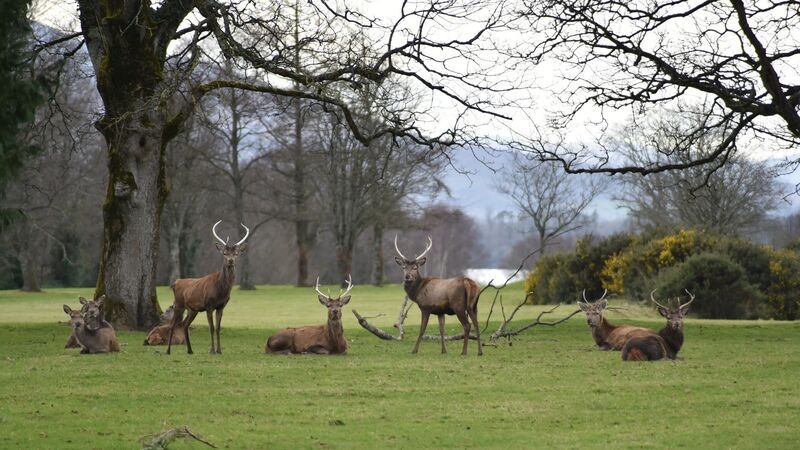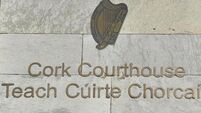National parks need dedicated management to handle increasing visitor numbers

Killarney National Park: Ireland's six national parks need dedicated managers.
Ireland's six national parks each need a dedicated manager to handle the ever-expanding influx of visitors, in the face of the biodiversity crisis, experts have said.
A key finding of the as-yet unpublished review of the National Parks and Wildlife Service (NPWS) — which was handed to the Department of Housing, Local Government, and Heritage back in June — was that the six national parks were relying on management by staff who are also occupied with other wide-ranging duties.
One of its 24 major recommendations said: "Given that the NPWS facilities receive an estimated three million visitors per year and that visitor numbers are projected to increase, this position is not sustainable."
The NPWS review was led by professor of botany at Trinity College Dublin, Jane Stout, and Dr Micheál Ó Cinneide, a former director of the Environmental Protection Agency (EPA). It had more than 3,000 submissions and was the first review of such size and scope.
"Once park managers are in place for each of the national parks, the new NPWS should proceed in 2022 with the drafting and consultation on management plans for the national parks.
"This will require an extensive process of consultation with local communities, stakeholders, and conservation staff. In addition, park managers will have key roles in communications, project planning, the monitoring and management of visitor safety at the parks," the review said.
Ireland's six national parks are in Killarney, The Burren, Glenveagh, Wild Nephin, Connemara, and the Wicklow Mountains.
Killarney's national park, at the foot of the MacGillycuddy’s Reeks, includes more than 10,000 hectares. It was ravaged by fire last April, causing dismay to environmentalists and the public alike. The park's blend of mountains, lakes, woods, and waterfalls has made it one of Ireland's most beloved destinations for domestic and international visitors.
The Burren national park, in Co Clare, is 1,500 hectares and was bought by the Government for nature conservation and public access. It is in the southeastern corner of The Burren and is home to more than 50 species of flora and more than 30 fauna, as well as walking trails.
Wild Nephin, in Co Mayo, is said to be one of the last intact active blanket bog systems in Ireland and Western Europe, with as much as 2,000mm of rainfall per year. It is home to more than 360 species of flora, and almost 90 species of bird.
Wicklow Mountains National Park is the largest of Ireland’s six national parks, at almost 20,500 hectares, as well as being the only one in the east, with 1,000 species of flora and fauna.
Connemara National Park has 2,000 hectares of mountains, bogs, heaths, grasslands and forests, and is home to 500 species of flora and fauna, while Glenveagh National Park, in Co Donegal, is renowned for its remoteness and wilderness, consisting of mountains, lakes, waterfalls, and woodland.
The NPWS cannot meet current biodiversity obligations, let alone plan for and respond to future challenges and legislation, the review said.









